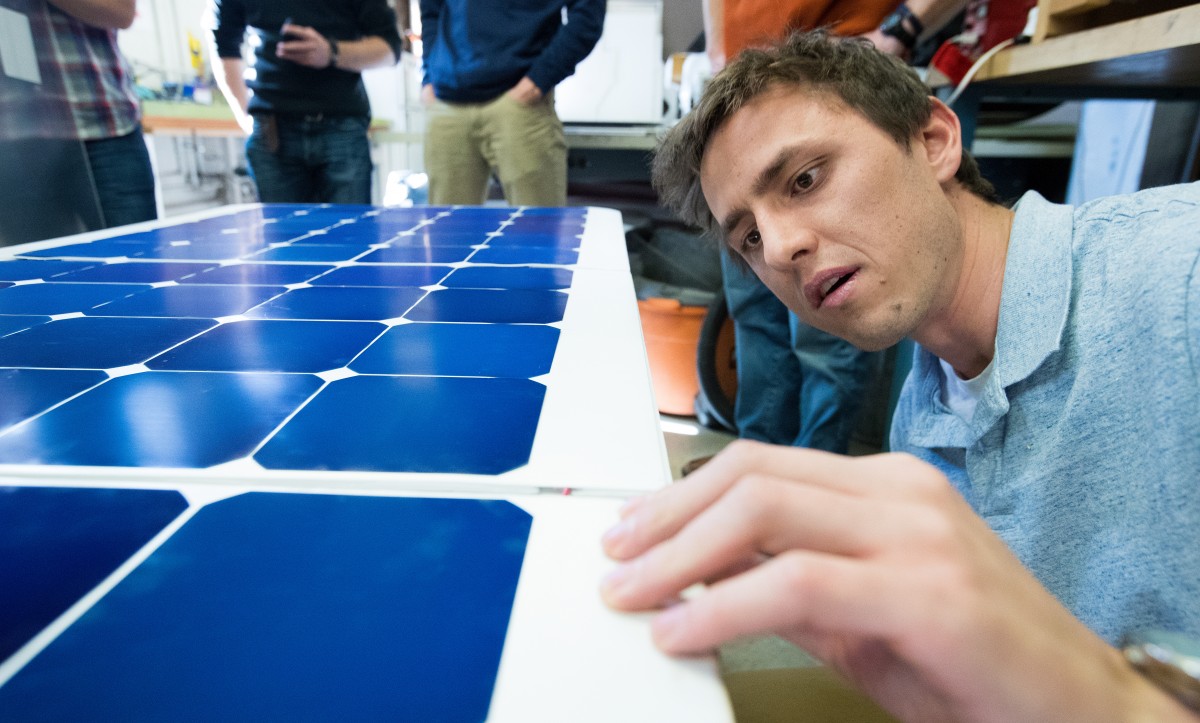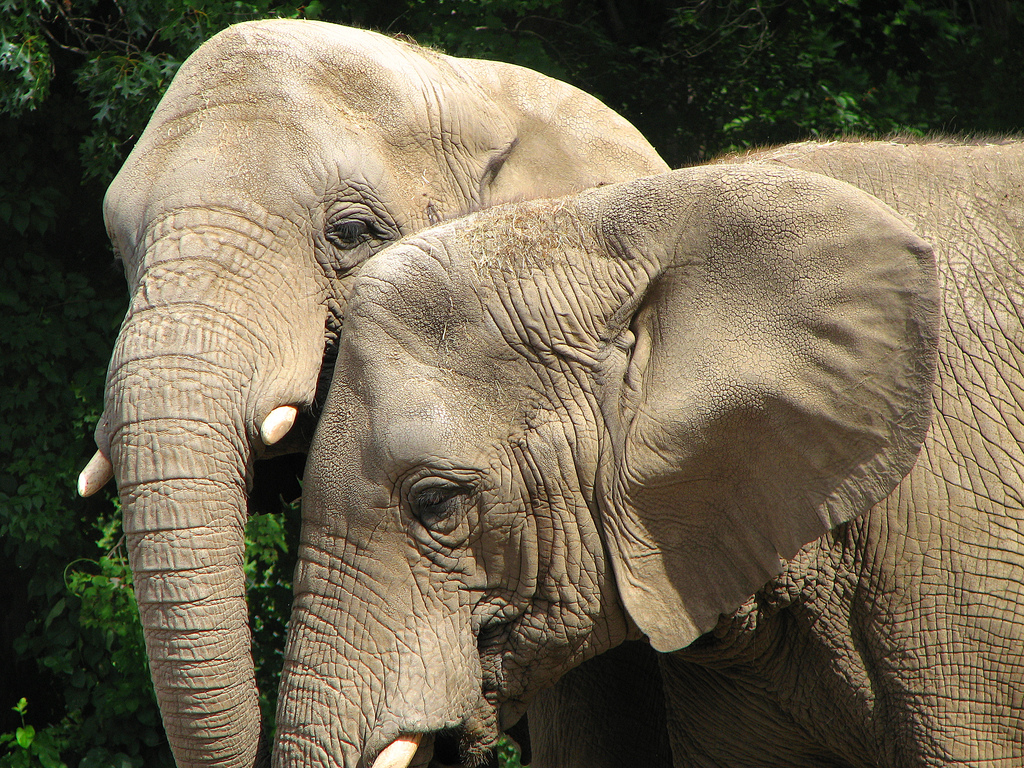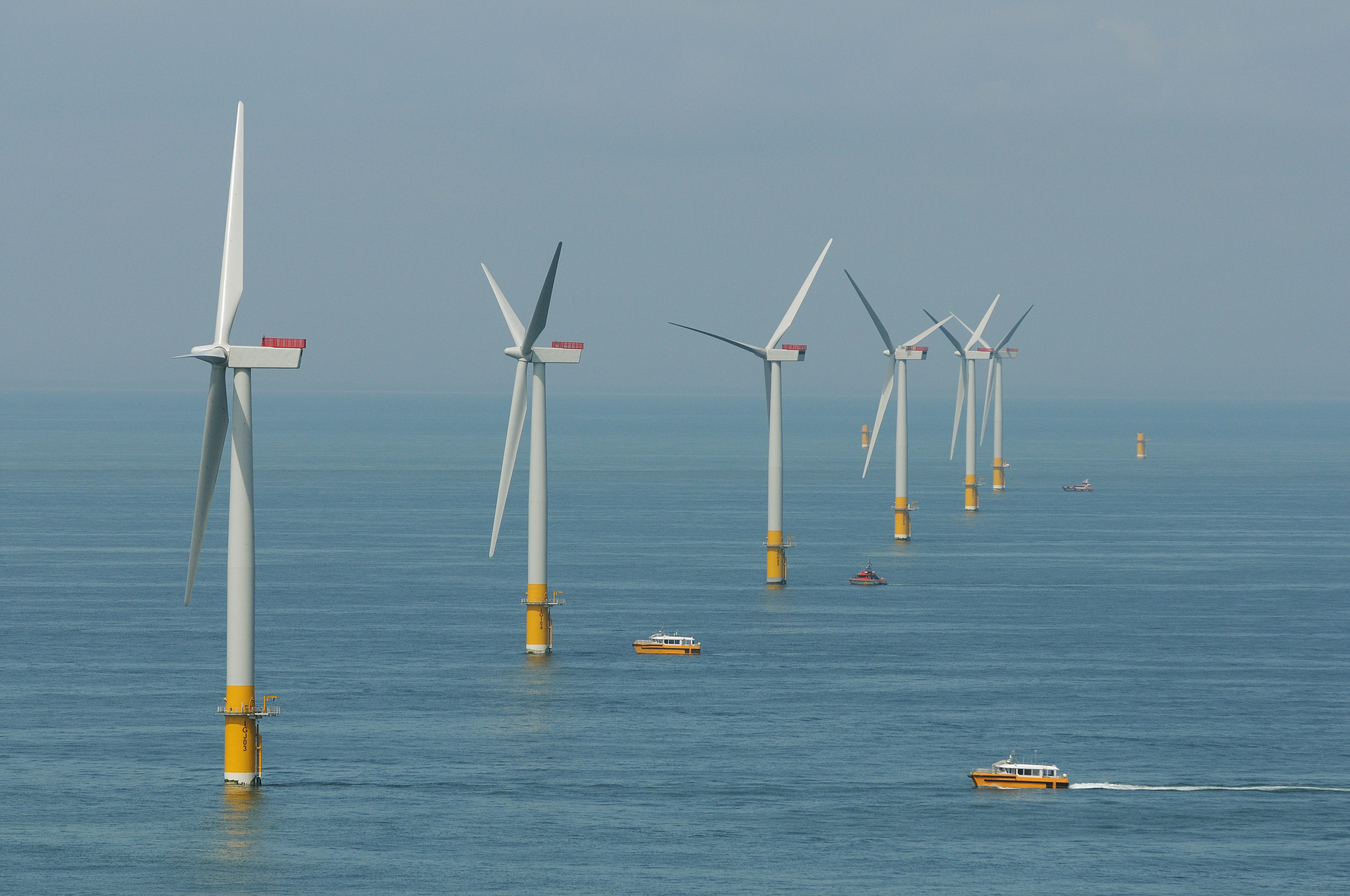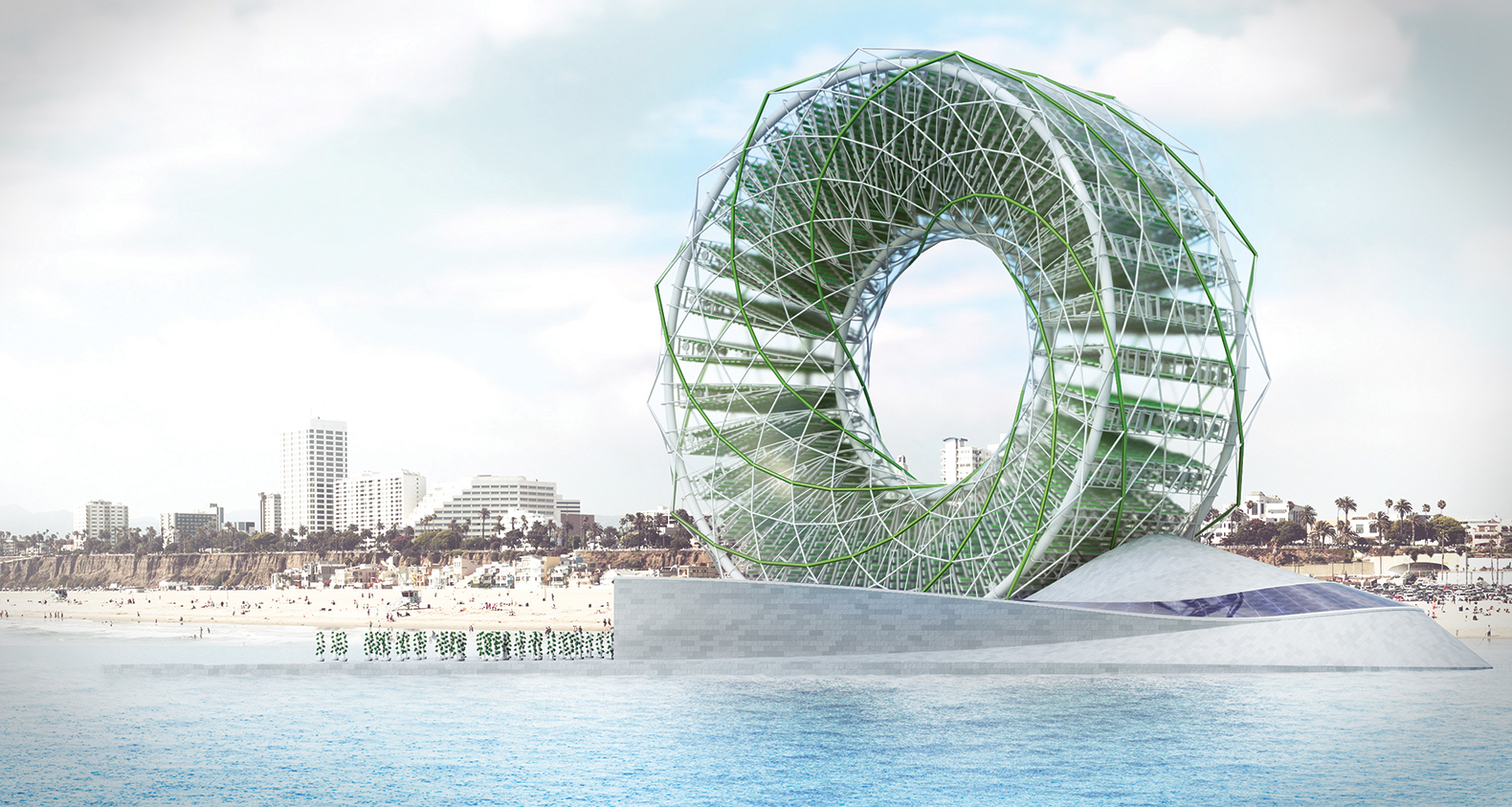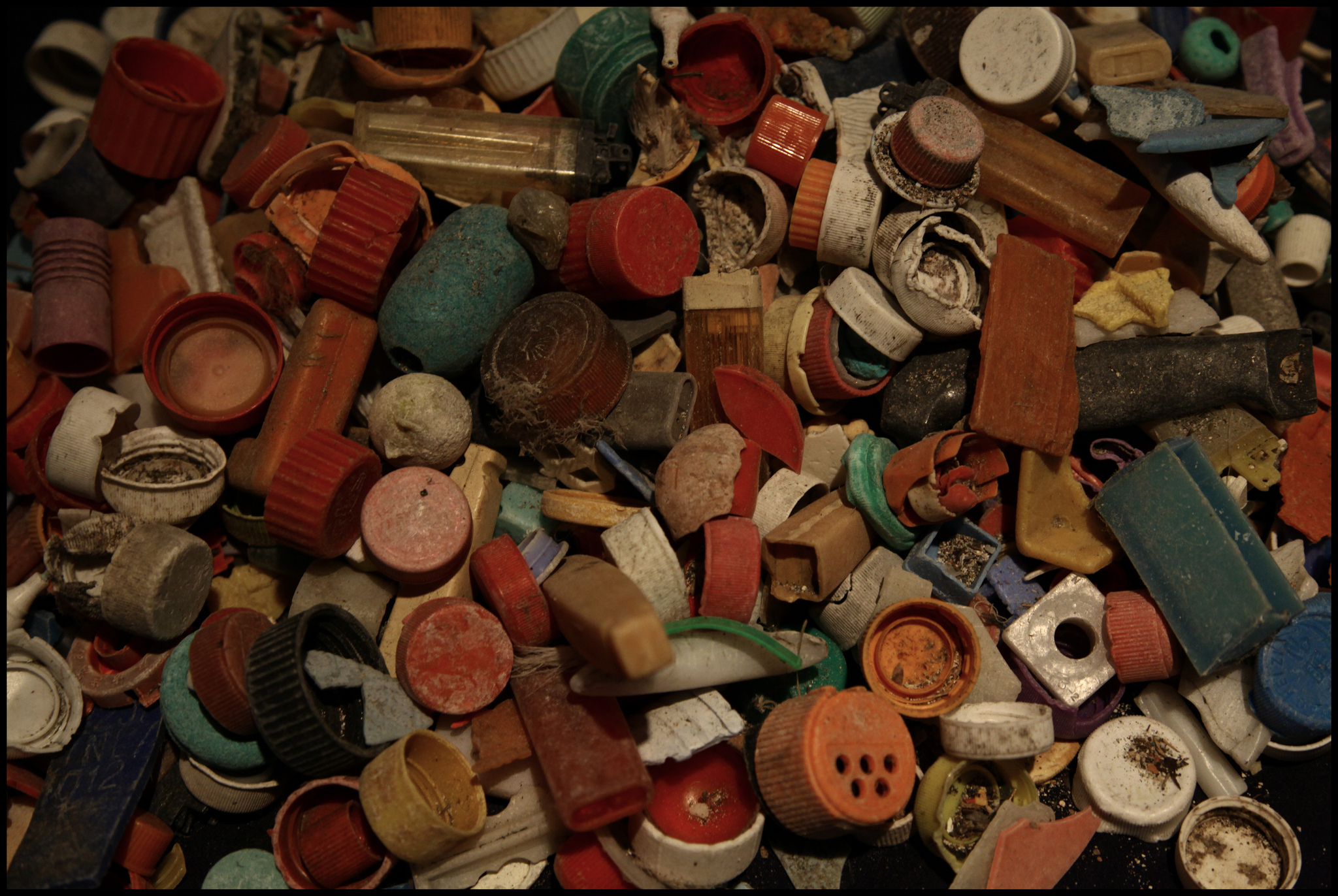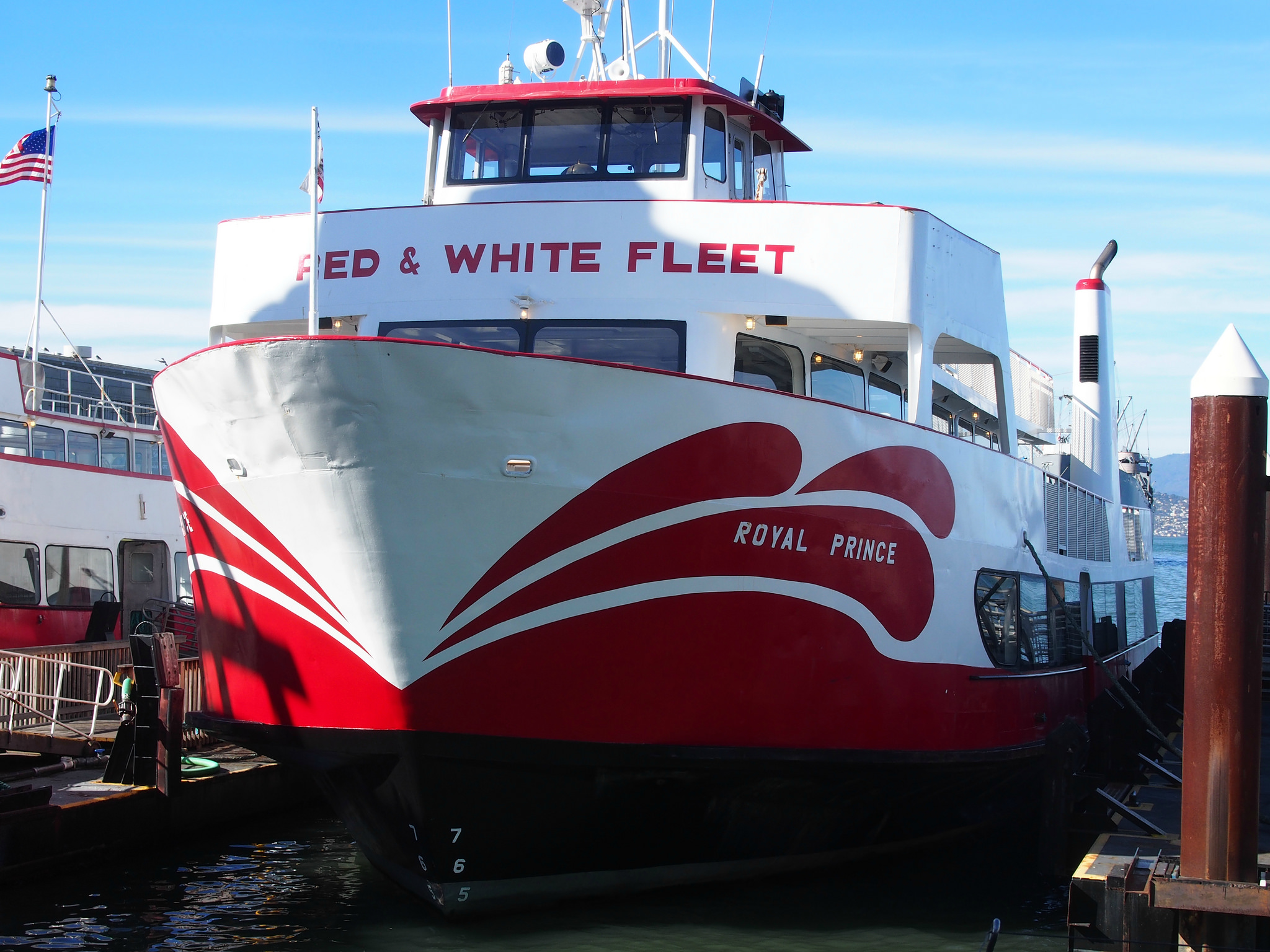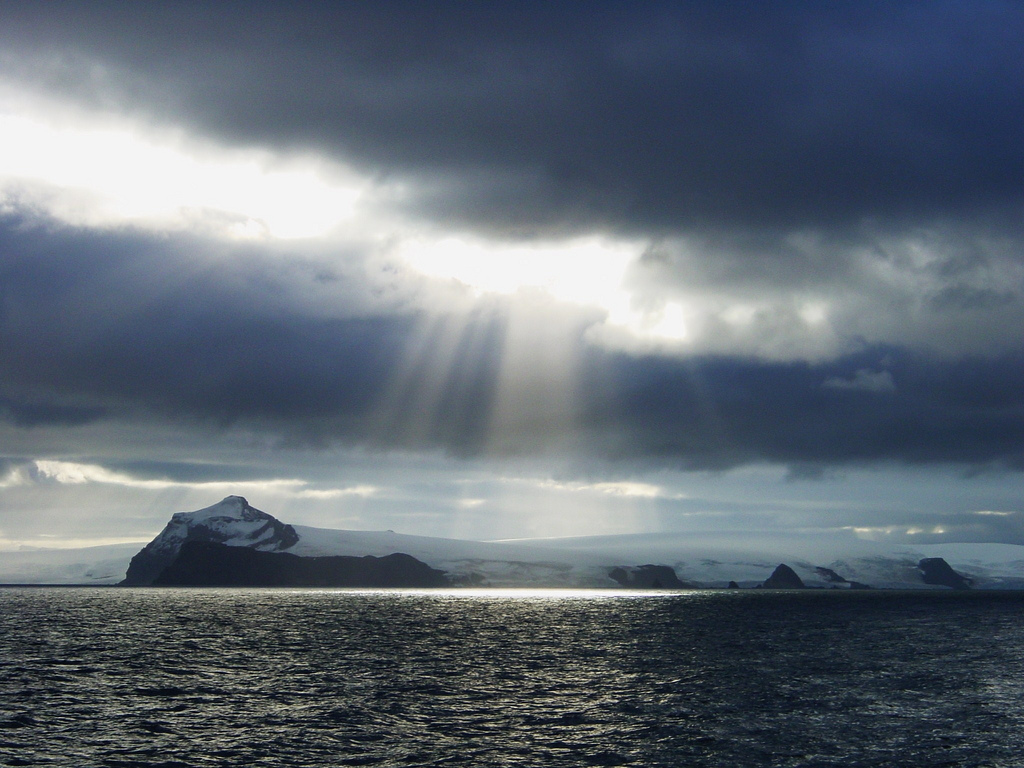College students have often spearheaded uprisings and revolutionary ideas. A group of BYU engineering students is trying to start a solar-cell revolution.
Wiping Out Wildlife
According to a new report from the World Wildlife Fund, the world’s animal populations have suffered widespread population declines in the last half century. And thousands of species are now scrambling to survive.
The Zombieless Apocalypse
Post-apocalyptic fiction is all the rage these days. There are numerous stories featuring an endless list of civilization-ending disasters: asteroid collisions, cataclysmic earthquakes, nuclear wars, supervolcanoes, pandemics… the list goes on and on. Most of the time, humanity either perishes entirely, is reduced to a handful of heroic and astonishingly resourceful souls, or ends up inexplicably as zombies staggering around the landscape in search of brains.
Offshore Wind In Europe
The U.S. has just turned on its first offshore wind farm off the coast of Rhode Island. In the meantime, offshore wind continues to grow by leaps and bounds in Europe. Wind energy in the European Union accounts for 12% of its electricity supply. Until 2011, offshore wind comprised only 5-10% of the newly-installed wind energy capacity; now it about one third of the new installations.
Renewable Energy As Art
When we think about the visual impact of energy plants, we usually envision ugly smokestacks belching out toxic fumes. Of course, many people also consider wind turbines to be eyesores and even solar panels are often viewed unfavorably from an aesthetic point of view.
Pandas No Longer Endangered
Back in June, we reported that the International Union for the Conservation of Nature was reassessing the giant panda’s status as an endangered species. Well, in an update of the IUCN’s Red List of Threatened Species in September, the giant panda was indeed downgraded to “vulnerable.”
Climate Change And Fish
According to a recent study published in the journal Global Change Biology, rising CO2 levels in the ocean can disrupt the sensory systems of fish and can even make them swim toward predators and ignore the sounds that normally deter them from risky habitats.
The Threat Of Bushmeat Hunting
A recent study has identified the steep decline of more than 300 species of mammals as a result of unregulated or illegal hunting. Humans are consuming many of the world’s wild mammals to the point of extinction.
Why Do Animals Eat Ocean Plastic?
It’s no secret that there is a lot of plastic debris in our oceans. In fact, scientists estimate that there is more than 165 million tons of plastic trash swirling about in our oceans today, with an additional 8.8 million tons flowing in every year. And as the oceans swell with plastic litter, hundreds of marine species are ingesting the stuff – often with dire consequences.
A Climate-Friendlier Coolant
Recently, negotiators from more than 170 countries reached a legally binding accord in Kigali, Rwanda to cut the use of hydroflurocarbons, or HFCs, which are chemical coolants used in air conditioners and refrigerators. HFCs are just a small percentage of the greenhouse gases in the atmosphere, but they are supercharged greenhouse gases that have 1,000 times the heat-trapping potency of carbon dioxide.
More Ice In Antarctica
Two years ago, NASA reported that the sea ice surrounding Antarctica reached a new record high extent, surpassing levels mapped since the late 1970s. This seemed to be quite contrary to the global warming trend that is leading to the melting of the Arctic and glaciers worldwide. And in fact, it does seem rather puzzling.
Restorative Ocean Farming
The conventional aquaculture industry has often been associated with many of the same problems that beset land-based agriculture: creating sterile monocultures, fouling the environment with pesticides, antibiotics and organic pollutants, and spreading diseases.
Energy At Our Feet
There are both big ideas and small ideas for generating electricity from renewable sources. For example, even though there are now gigantic solar energy farms producing vast amounts of electricity, there are also plans to embed solar technology in the windows of homes and businesses to capture even more of the sun’s energy.
Saving the Banana
Bananas are the world’s most popular fruit crop, with 130 countries producing over 100 million tons annually. Forty-seven percent of all the bananas grown in the world and ninety-nine percent of all the bananas sold commercially are of one subspecies known as the Cavendish.
Canadian Carbon Tax
The Canadian government has chosen a carbon tax as its national policy to reduce greenhouse gas emissions. This aggressive move could have major repercussions around the world.
Snow Leopards And Humans
Snow leopards are majestic animals native to Central Asia. They roam the region’s rugged terrain, from Afghanistan to Kazakhstan and Russia in the north, and to India and China in the east. Snow leopards are known for their thick white coat of fur with ringed black and brown spots. These markings help camouflage the animals from their prey. But the camouflage does little to protect snow leopards from one of their biggest threats: humans.
Australia On The Run
We’ve all come to take for granted the ability of GPS systems to help us find our way around our cities, the countryside and, for that matter, the world in general. Software interacting with Global Positioning Satellites allows us to pinpoint our location on the Earth with remarkable accuracy. At least, as long as places on Earth stay put. But the problem is that they actually don’t.
A Hydrogen-Powered Ferry
The Red and White Fleet has been ferrying tourists around San Francisco Bay since 1892 and is a company committed to environmental sustainability. When looking for ways to reduce the emissions from its fleet of passenger ferries, the company wondered if there was a way to eliminate emissions entirely. That question was put to researchers at Sandia National Laboratories in a very specific form: Is it feasible to build and operate a high-speed passenger ferry solely powered by hydrogen fuel cells? According to a recently-released report, the answer is yes.
Carbon Dioxide Continues To Rise
Back in December of 2013, a little less than three years ago, Earth Wise reported that the observatory on Mauna Loa in Hawaii had briefly measured carbon dioxide levels greater than 400 parts per million for the first time ever. During the following year, readings above the 400 level started to pop up occasionally elsewhere as well.
Kite Power
Wind power is a growing contributor to the energy grid but it has its limitations. Wind turbines need to be located in windy places and the structures are big, get in the way of things, and are rather costly.
